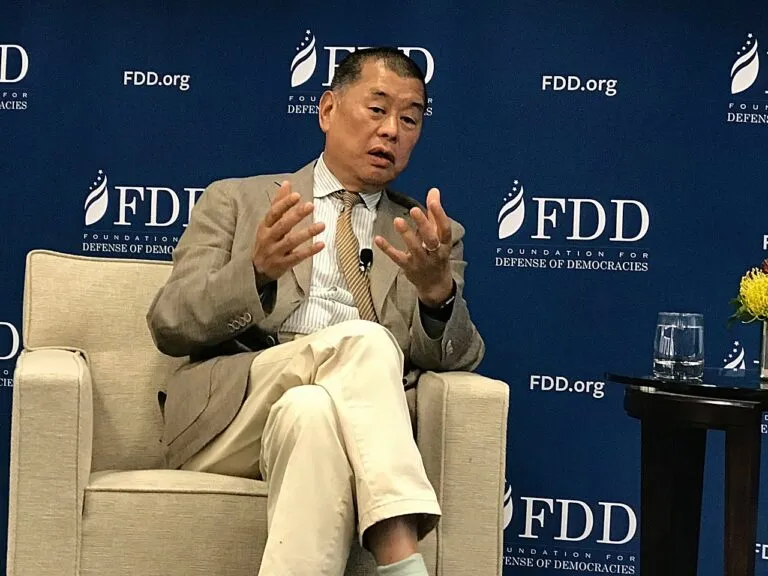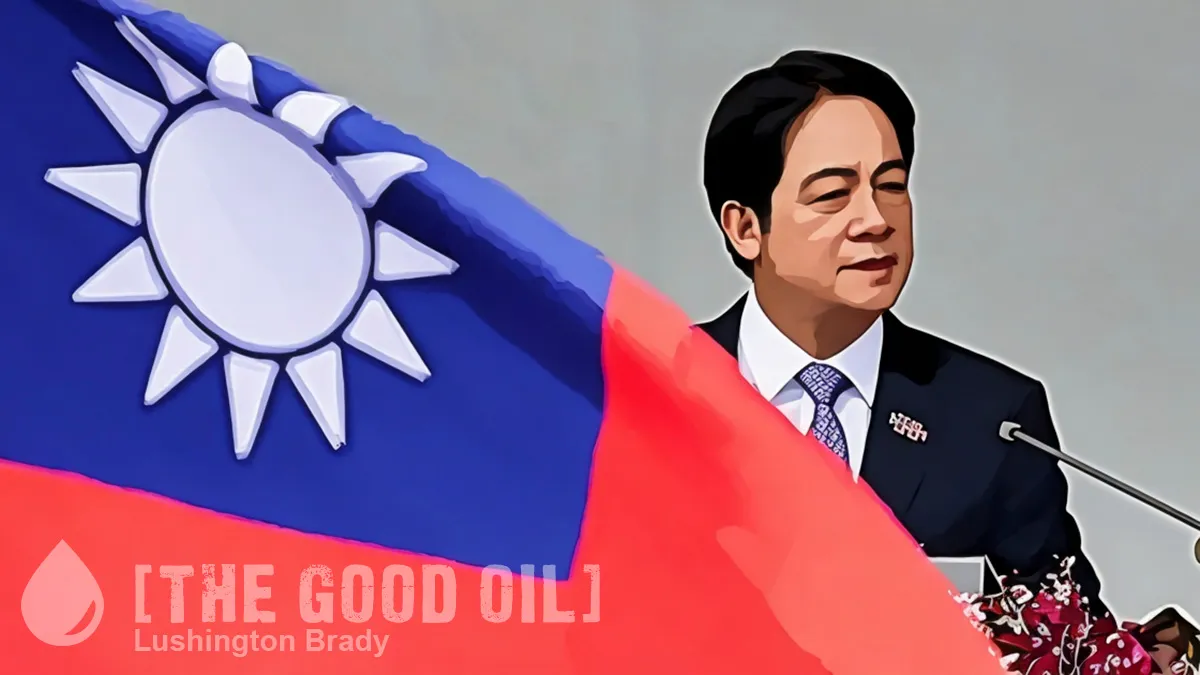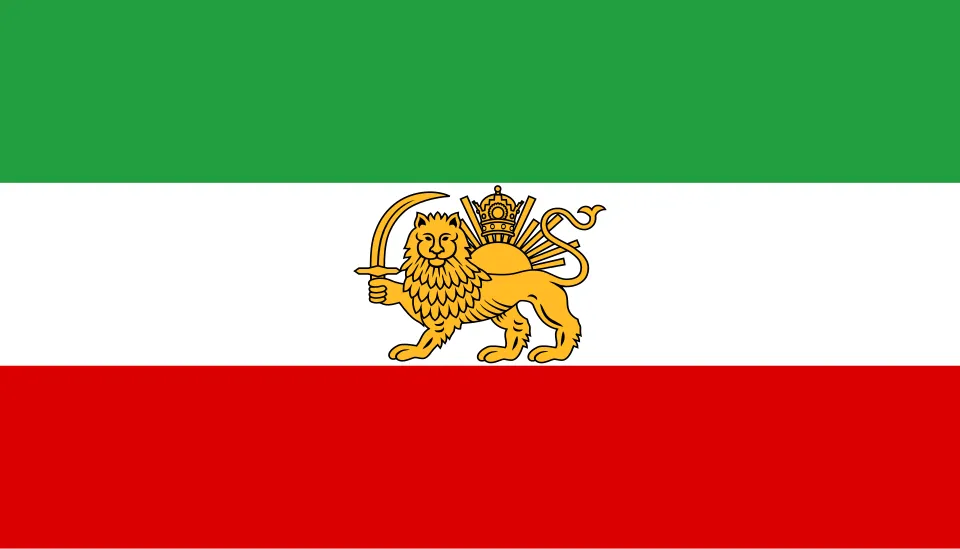Table of Contents
The Yasukuni Shrine in Tokyo is a site of regular controversy, partly because its critics fail to understand Japanese culture. At the same time, there are definitely problematic aspects of the shrine, and especially its associated museums, which understandably rankle former victims of Japanese militarism.
Tokyo’s Yasukuni Shrine, which honours Japan’s war dead, including convicted World War II war criminals, was vandalised again overnight Monday (Aug 19).
“It is deplorable that an act seeking to denigrate the shrine’s dignity has happened again,” the shrine said in a statement.
In May, a stone pillar at Yasukuni was spraypainted red. A Chinese suspect was arrested in July […]
Japanese media reports said graffiti reading “toilet” in Chinese, written with what appeared to be black markers, was found Monday morning on a stone pillar near the shrine’s arch.
It’s understandable, of course, that bad blood lingers between China and Japan over WWII. The brutality of Imperial Japan was nowhere as savage as in China. From the Rape of Nanjing to the bloody Unit 731 (which gave even a Josef Mengele a run for his sadistic money), Chinese have never forgotten their suffering under Japanese rule.
Still, it’s kind of rich for a country that puts the world’s most bloodthirsty mass murderer on its currency to accuse anyone else of whitewashing the past.
Every year on Aug 15, the anniversary of Japan’s surrender in World War II, there is close scrutiny of which Japanese politicians visit Yasukuni to pray for the war dead. Many regular Japanese go there to pray for their family members and friends, regardless of their political views.
But what gets so much condemnation is the presence of war criminals among the dead.
Convicted Class A war criminals, including Hideki Tojo, Japan’s wartime prime minister, are among the 2.5 million Japanese war dead enshrined at Yasukuni. The shrine itself, a dramatic-looking building with sweeping roofs, also includes in its grounds memorials and museums dedicated to kamikaze pilots.
It also includes memorials to Koreans and Taiwanese, and a special shrine, the Chinreisha (“Spirit Pacifying Shrine”), dedicated to the souls of everyone who died in WWII, no matter which side they fought for.
This is where the point of Yasukuni in traditional Japanese culture is often missed. The shrine was founded in 1869 to honour and pacify the kami (spirits) of those who died in service to the Emperor. Over the year, its remit has been expanded to include anyone who died in a war involving Japan. Regardless of who they fought for, or what they did, the shrine intends to lay their souls to rest.
At the same time, though, politics inevitably intrudes on the shrine’s mission. When Matsudaira Nagayoshi was installed as head priest in 1978, he moved to secretly include the spirits of a handful of WWII’s worst war criminals, as part of a personal ideological agenda to discredit the Tokyo Trials. The trials, he claimed, had produced a distorted view of history that cast Japan as the sole villain.
Consequently, museums associated with the shrine notably downplay Japan’s war guilt.
On the other hand, it begs the question of just how an increasingly belligerent China, which not only murdered as many as 70 million of its own people, as well as invading and conquering numerous neighbouring states, gets off attacking anyone else’s war memorial.
The Taiwanese, for one, might be justified in scoffing at Beijing accusing anyone else of ‘militarism’.









